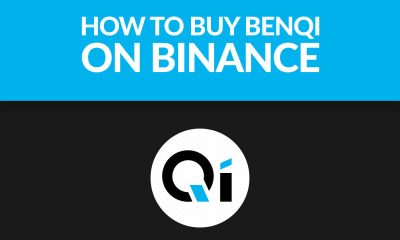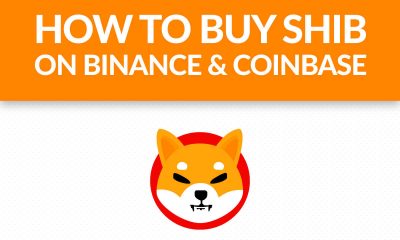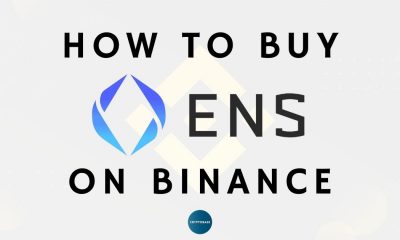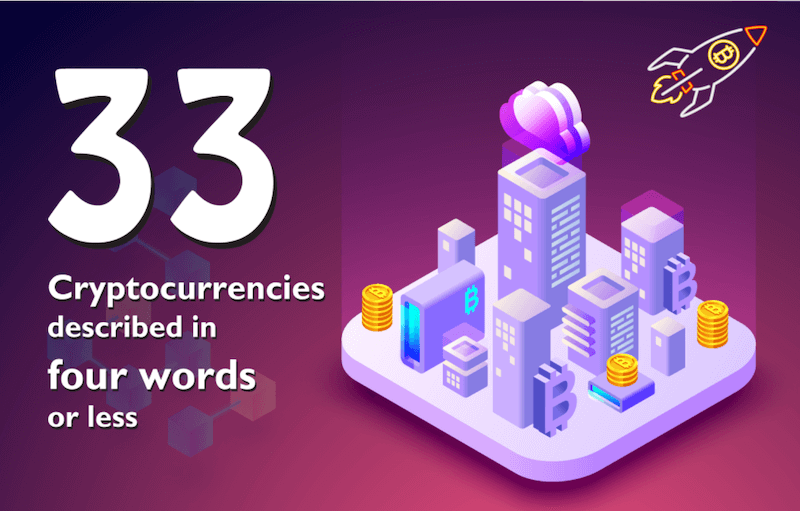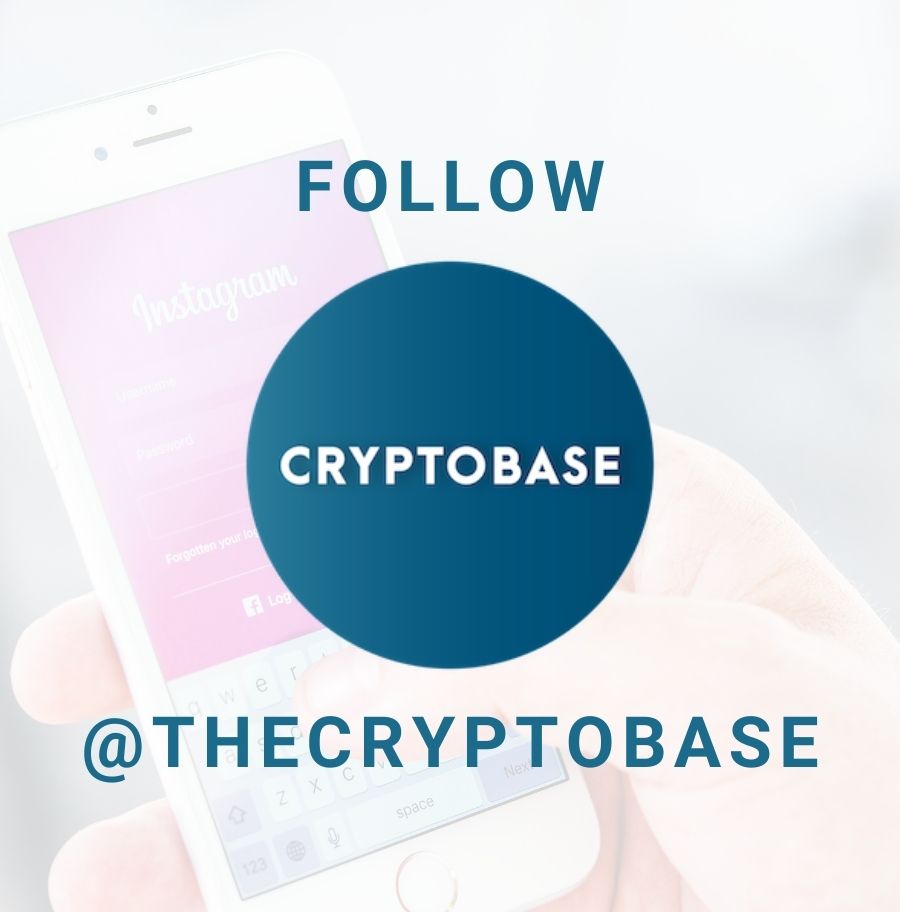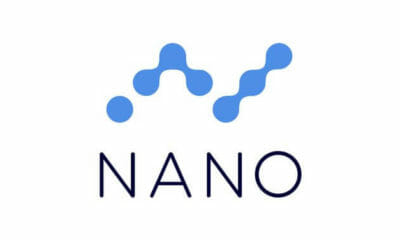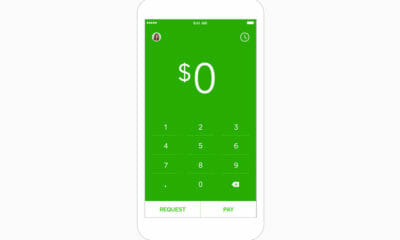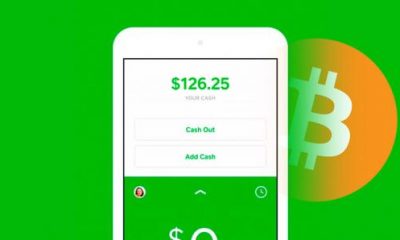Cryptocurrency terms and Definitions
51% Attack
A 51% attack is a situation where more than half of the computing power on a network is operated by a single individual or concentrated group, which gives them complete and total control over a network. Things that an entity with 51% of the computing power can do include, but are not limited to:
Halting all mining.
Halting and manipulating all interpersonal transactions.
Use singular coins over and over.
Address
A bitcoin address is essentially the same thing as your home address. It’s the location from which you would receive, send or hold your currency. These addresses generally manifest in a long string of alphanumeric characters and will look something like:
12amAd6sXb6Q5znGf31QP69NTTJWZePkBd
A wallet address is the public portion of the two encrypted keys necessary for a holder to accept or verify a transaction.
Altcoin
An altcoin is the community accepted name for any coin that isn’t Bitcoin. Altcoins that we’ve previously discussed include Dash and Monero.
ASIC/ASIC Miner
ASIC mining is a crafty method of mining various coins at a much faster rate than any normal desktop or laptop might allow. Essentially what an ASIC, or Application Specific Integrated Circuit is, is a chip specifically created to execute one task. Enter ASIC mining. An example of one such model is an ASIC miner created to ONLY process SHA-256, which is the problem offered by the Bitcoin blockchain to mine new coins. There are also ASIC’s for scrypt which specifically solves the mathematical code in relation to altcoins such as Litecoin. Though, in recent years there has been a good amount of dialogue surrounding the longevity of mining this way and we’ve even seen coins making it so that it’s impossible to mine with an ASIC.
Blockchain
A blockchain is a data system that allows for the creation of a digital ledger of transactions on a non-centralized network. Cryptography is the main operator that allows for users to engage with the ledger without the need for any central figurehead. In layman’s terms, this means that people and computers all over work together to create a network instead of a network being made by one single person or company. This network is enabled and protected through cryptography! We have seen this used in currency, data transfer and on. The blockchain is comprised of “blocks” and is constantly growing as each new record, datum, or block is added onto the chain for everyone to see.
Block
Blocks are essentially pages in a ledger or record keeping book. Blocks are the files where unalterable data related to the network is permanently stored. Forever. Like eternity.
Block Height
Block height is the number of blocks preceding the genesis block (first block) on the chain. A genesis block will always have a height of zero because nothing precedes it. It’s a metric used to create a bearing on time in the programming world as well as a few other functions such as maintaining counter-party and betting in the crypto world. Considering that a new Bitcoin block is made every 10 minutes, you can work out certain time related pieces of information if you have the total length of the chain.
Block Reward
Block reward is the reward allotted for hashing, or solving the mathematical equation related to a block. The reward for mining a Bitcoin block is 25 bitcoins per block mined, which will halve every 210,000 blocks!
Distributed & Central Ledger
A distributed ledger is an agreement of shared, replicable and synchronized data, in this case spread across multiple networks, across many CPU’s. A central ledger is the opposite in that all of the data, while being synchronized and replicable is controlled by a singular network or individual.
DDoS
A distributed denial of service attack uses large numbers of computers under an attacker’s control to drain the resource of a central target.
Dust Transaction
A transaction for an extremely small amount of bitcoins, which offers little financial value, but takes up space in the blockchain.
Escrow
The act of holding funds or assets in a third-party account to protect them during an asynchronous transaction.
Fiat
Any form of physical paper currency. Regulated and Centralized
FOMO
Fear of Missing out
FUD
Fear, Uncertainty, Doubt
Faucet
A technique used when first launching an altcoin. A set number of coins are pre-mined, and given away for free, to encourage people to take interest in the coin and begin mining it themselves.
Fork
A fork is the permanent divergence of an alternative operating version of the current blockchain. Forks come into existence when a 51% attack occurs, a bug in the program, or more commonly a new set of consensus rules come into existence. These happen when a development team creates and inserts notably substantial changes into the system. The successful fork is decided by the height of their blocks.
Hodl
Is a misspelling of the word Hodl made popular by a viral post in 2013. It later became know as an acronym for “Hold on for Dear Life.” A phrase that means you hold your position or coin despite an increase in the market or when others may be selling their coin in fear of a decline.
Halving
Halving is the reduction of minable reward every so many blocks. For Bitcoin the reward is halved after the first 210,000 blocks are mined and then every 210,000 thereafter.
Hashrate
Hashrate is the speed at which a block is discovered and the rate at which the related math problem is solved. Certain tools have been created to allow for higher hashrates. See ASIC.
ICO
An Initial Coin Offering, A way for a new cryptocurrency project to raise money for their project by offering a select amount of coins for sale to the public at base price.
Mining
Mining is the term used for discovering and solving blocks along the blockchain. A reward is given for solving the algorithm and lengthening the chain, called a mining reward. The mining reward for the Bitcoin blockchain is Bitcoin.
Multisig
Multisig, or multisignature refers to having more than one signature to approve a transaction. This form of security is beneficial for a company receiving money into their BTC wallet. If a company wants to keep it so that one employee doesn’t have sole access to a transaction, multisig allows for a transaction to be verified by two separate employees before it’s complete.
Node
A node is essentially a computer connected to the Bitcoin network. A node supports the network through validation and relaying of transactions while receiving a copy of the full blockchain itself.
P2P
P2P is another way of saying Peer-to-Peer. Peer-to-peer has become a very large focus of blockchain as one of the biggest selling points is decentralization. Nearly every interaction on the blockchain can be fulfilled P2P, or without a centralized variable like a store, bank or notary.
PoW
Proof of work was a concept originally designed to sieve spam emails and prevent DDOS attacks. A Proof of Work is essentially a datum that is very costly to produce in terms of time and resources, but can be very simply verified by another party. The proof of work for Bitcoin is referred to as a “nonce,” or number used only once. This has been considered an energy intensive alternative to proof of stake as the computers unfortunately have to be on and running, which also drives the market towards centralization of hashing power… which is what the blockchain aims to defeat!
PoS
Proof of stake has been considered the greener alternative to PoW. Where PoW requires the prover to perform a certain amount of computational work, a proof of stake system requires the prover to show ownership of a certain amount of money, or stake.
Public/Private Key
In cryptography, a public key is a cryptographic key that can be utilized by any party to encrypt a message. Another party can then receive the message and using a key that is only known to that individual or group, decode the message.
Pump and Dump
Inflating the value of a financial asset that has been produced or acquired cheaply, using aggressive publicity and often misleading statements.
Signature
A signature is the mathematical operation that lets someone prove their sole ownership over their wallet, coin, data or on. An example is how a Bitcoin wallet may have a public address, but only a private key can verify with the whole network that a signature matches and a transaction is valid. These are only known to the owner and are basically mathematically impossible to uncover.
QR Code
A two-dimensional graphical block containing a monochromatic pattern representing a sequence of data.
Shorting
Selling a cryptocurrency In hopes of buying it at a lower price at a later time to gain profit.
Smart Contract
A two way smart contract is an unalterable agreement stored on the blockchain that has specific logic operations akin to a real world contract. Once signed, it can never be altered. A smart contract can be used to define certain computational benchmarks or barriers that have to be met in turn for money or data to be deposited or even be used to verify things such as land rights.
Volatility
The measurement of price movements over time for a traded financial asset.
Wallet
A digital or physical address in which cryptocurrency can be stored/sent/received. Accessible through a private key.
Whale
Someone who possesses a Majority percentage of a cryptocurrency. Referred to as a Whale.
White Paper
A documentation describing a crypto currencies protocol in detail



